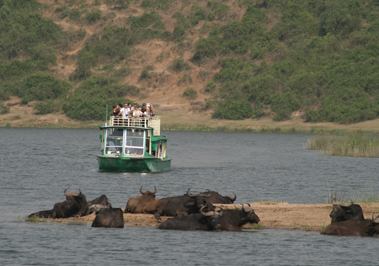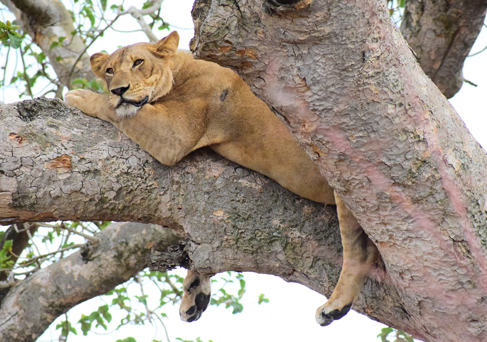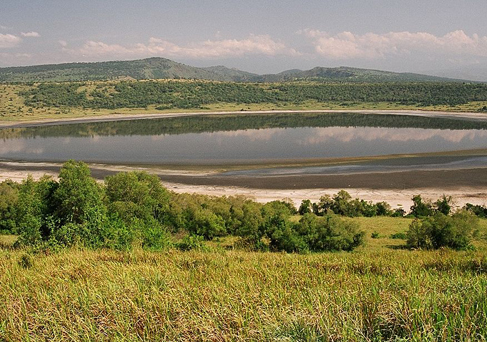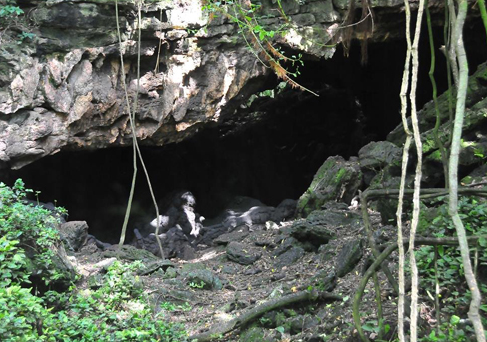Queen Elizabeth National Park occupies an estimated 1,978 square kilometres (764 sq mi). It extends from Lake George in the northeast to Lake Edward in the southwest and includes the Kazinga Channel, which connects the two lakes.
The park was founded in 1952 as Kazinga National Park. It was renamed two years later to commemorate a visit by Queen Elizabeth II.
Queen Elizabeth National Park boasts a huge wildlife population. It includes Cape buffaloes, hippopotami, crocodiles, elephants, leopards, Uganda lions, and chimpanzees. It is home to 95 species of mammals and over 500 species of birds. The area around Ishasha in Rukungiri District is famous for its tree-climbing lions.
The park is also famous for its volcanic features, including volcanic cones and deep craters of which the latter feature crater lakes such as Katwe craters from which salt is extracted.
Twinning
Queen Elizabeth National Park and Queen Elizabeth Country Park in England are twinned in a project called, “Cultural Exchange and Mutual Support.” The main emphasis of the project is to support conservation by working closely with the local communities and empowering them.






